Deliveroo is a service that picks up and delivers food. Data from their delivery riders showed that it was faster to ride a bike than other modes of transportation in cities. Carlton Reid for Forbes:
Smartphone data from riders and drivers schlepping meals for restaurant-to-home courier service Deliveroo shows that bicycles are faster than cars. In towns and cities, bicyclists are also often faster than motorized two-wheelers. Deliveroo works with 30,000 riders and drivers in 13 countries.
That bicyclists are faster in cities will come as no surprise to bicycle advocates who have staged so-called “commuter races” for many years. However, these races – organized to highlight the swiftness of urban cycling – are usually staged in locations and at hours skewed towards bicycle riders. The Deliveroo stats are significant because they have been extracted from millions of actual journeys.
I used to play this game in graduate school often. The bus would get stuck in traffic. I would get off and walk home instead in the most thrilling races the world has ever seen. So for cities, these results make a lot of sense. Maybe not so much for the burbs though.

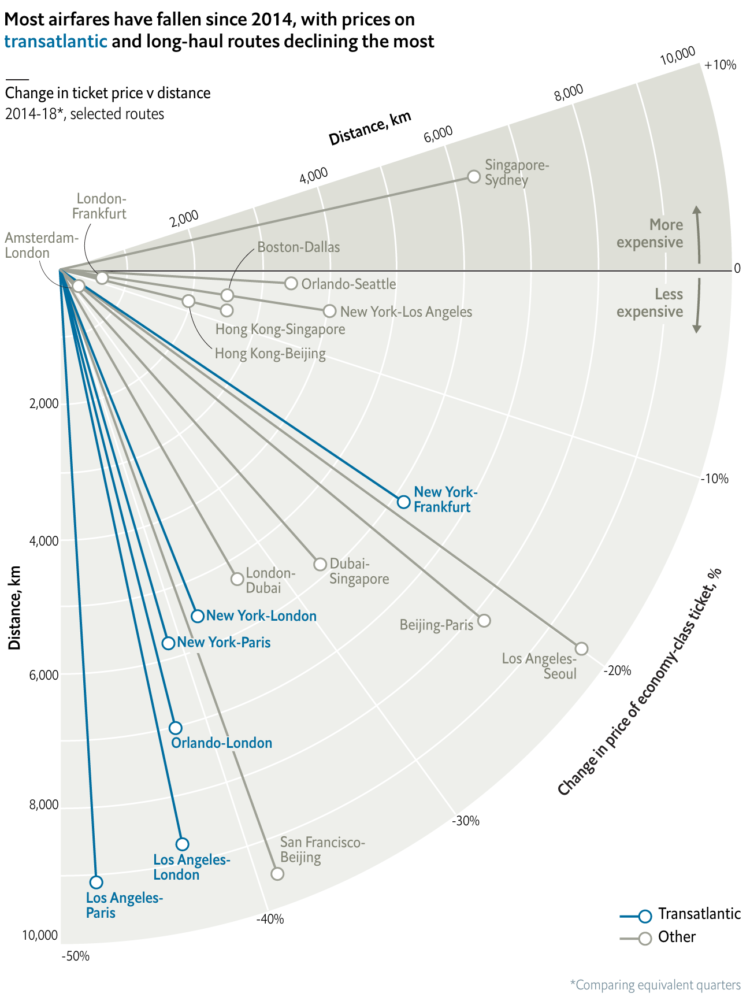






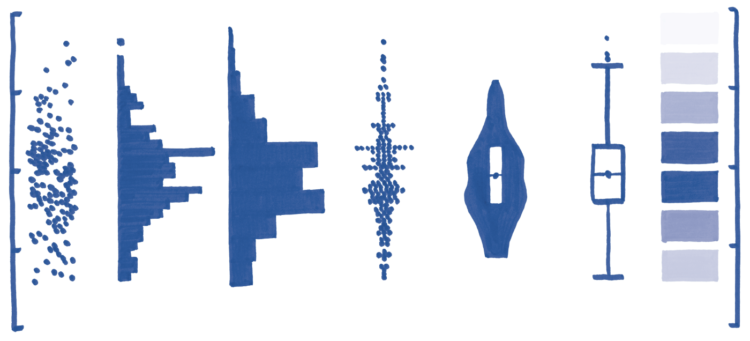


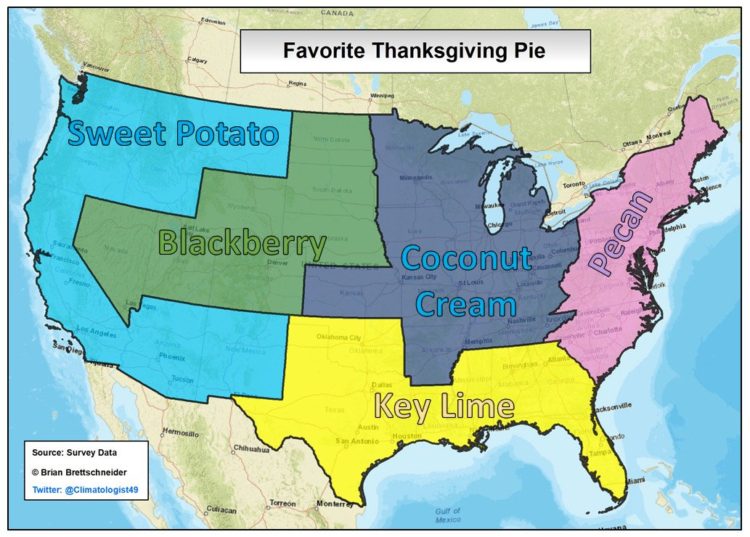


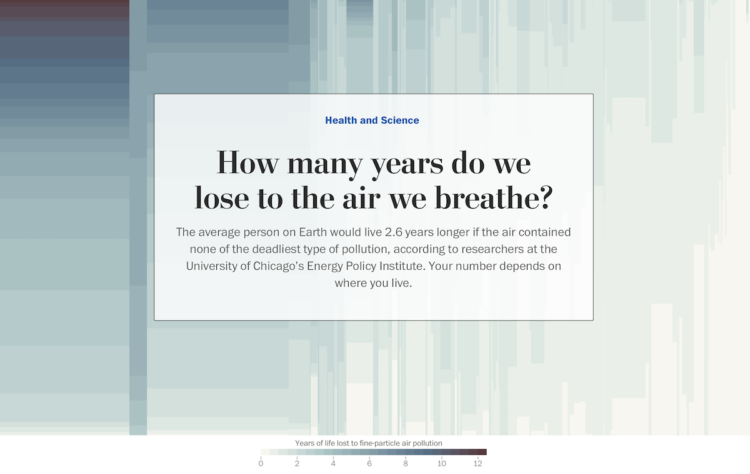
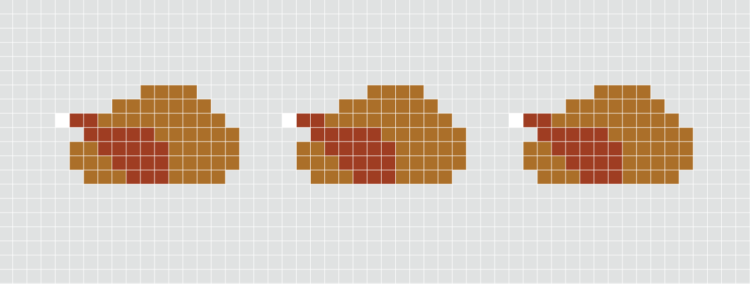

 Visualize This: The FlowingData Guide to Design, Visualization, and Statistics (2nd Edition)
Visualize This: The FlowingData Guide to Design, Visualization, and Statistics (2nd Edition)










